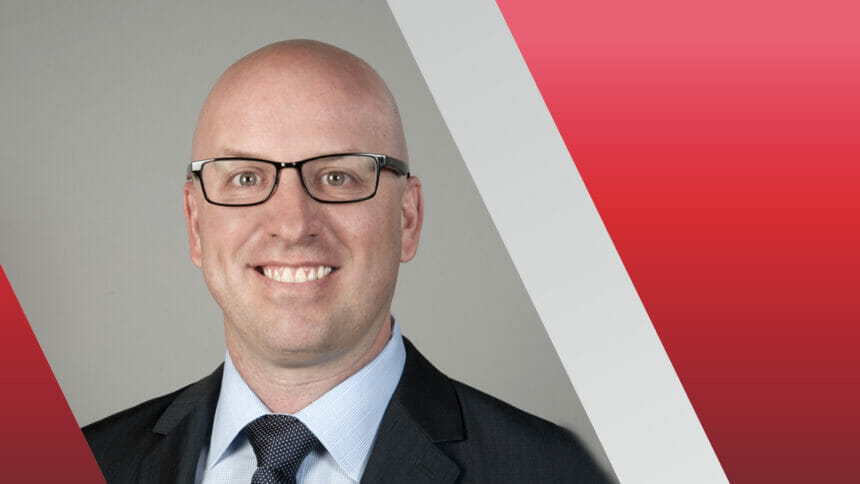
2023 was a “pivotal year” for Diversified Healthcare Trust as the company made “significant” progress in operational performance across its portfolio, setting 2024 up for the pursuit of capital investment opportunities, company executives said Tuesday.
In December, the Newton, MA-based real estate investment trust took steps to support its growth by repaying in full all $700 million of its outstanding debt maturing in 2024, simultaneously regaining debt covenant compliance. As a result, DHC noted in a supplemental report that the conditions that created the substantial doubt about its ability to continue as a going concern “have been alleviated.”
DHC saw change at the top on Jan. 1 with the retirement of President and CEO Jennifer Francis. She was succeeded by Christopher Bilotto, former president and CEO of Office Properties Income Trust, or OPI, with which DHC planned to merge before the arrangement was called off in August.
Both DHC and OPI are managed by The RMR Group.
SHOP investments pay off
During a fourth-quarter earnings call Tuesday, Bilotto said the company refreshed or fully renovated almost 65 of the communities in its senior housing operating portfolio, or SHOP.
In the fourth quarter, the REIT invested $79 million in its properties, including $56 million in its SHOP segment, bringing its full-year 2023 investment in its senior living communities to $183 million. In 2024, 25 refresh projects already are underway, targeting communities where the REIT expects to see improvements in higher rents and occupancy.
Those investments, Bilotto said, served as a “stepping stone” for occupancy and net operating income growth across the SHOP.
January occupancy for DHC’s senior living communities was 79%, 30 basis points below December (79.3%) and 250 basis points above January 2023 (76.5%). Fourth-quarter occupancy across the SHOP increased 300 basis points year over year to 79.3%, and average monthly rates increased by 5.5%, resulting in a 9.9% increase in SHOP revenues for the quarter. DHC expects to end the year with 300 to 400 basis points of occupancy growth.
Bilotto said DHC ended the quarter well-positioned to continue funding necessary capital to drive the growth and recovery of its senior living communities. In 2024, Chief Financial Officer Matt Brown said, DHC plans to spend between $190 million and $200 million in capital improvements in its communities.
As of Dec. 31, according to a Feb. 26 filing with the Securities and Exchange Commission, 119 of the 230 senior living communities in DHC’s senior housing operating portfolio were operated by Five Star. Other operators, according to the filing, included Cedarhurst Senior Living, Charter Senior Living, IntegraCare Senior Living, Life Care Services, Navion Senior Solutions, Northstar Senior Living, Oaks-Caravita Senior Care, Omega Senior Living, Oaks Senior Living, Phoenix Senior Living, Stellar Senior Living and The RMR Group.
Fundamentals remain strong
Bilotto said the fundamentals supporting the senior living industry remain strong, driven by growth in the 80-and-older population, a decrease in the supply of units due to low construction levels, and moderating wage and labor costs.
“We maintain an active asset management role with our operators, principally focused on deployment of strategic [return on investment] capital, providing data and analytics to support revenue growth and cost efficiency opportunities, along with routine portfolio-wide evaluation and market trends and optimization opportunities across segments and acuity levels,” he said.
Operator transition
In December, DHC provided a notice of termination to Cedarhurst Senior Living. The REIT expects to transition the 13 Illinois and Wisconsin senior living communities currently managed by Cedarhurst to Charter Senior Living in the first half of this year.
Bilotto said Charter has demonstrated significant success in turning around 17 DHC communities under the company’s management. Since 2021, Charter has increased occupancy in those communities from 75% to 87%.


